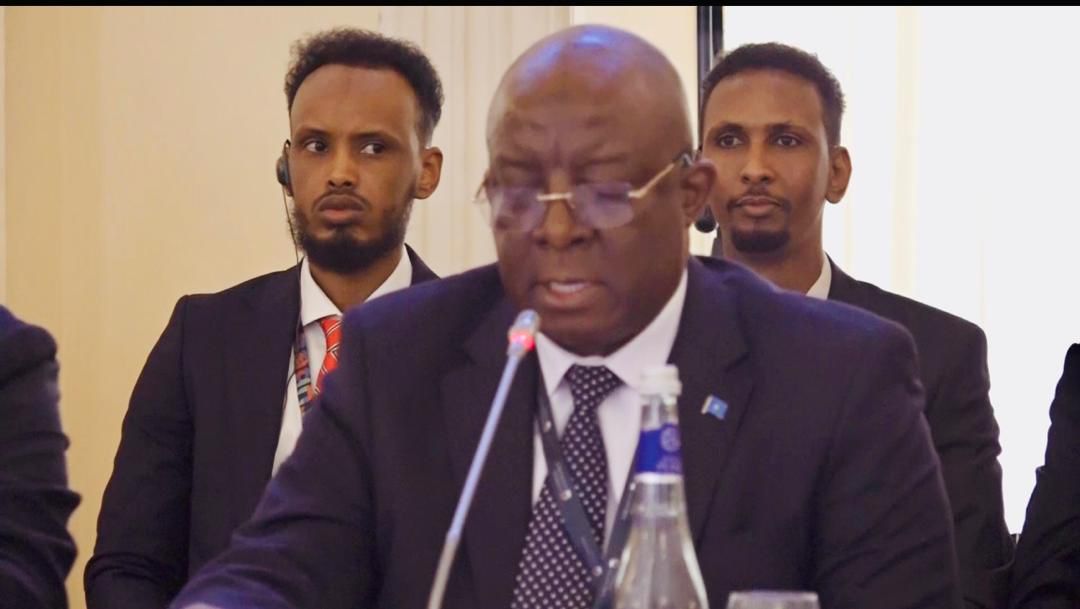Mogadishu aligns policy with regional bloc
Somalia confirms EAC envoys and fiscal reforms in a weekly cabinet briefing as GDP growth hits 3.9 % and inflation 4.5 %, supported by steady oil (CL=F) and regional equity (MSCI Frontier Africa) trends.

Somalia’s Ministry of Information issued its weekly government communiqué outlining cabinet decisions, new appointments, and updates on East African Community (EAC) representation. The announcement marks a steadying step in Mogadishu’s bid to align domestic governance with regional integration after officially joining the EAC bloc in 2023.
According to the briefing, the federal government confirmed envoys to EAC working groups on trade, customs harmonisation, and digital identification. This follows recent approval of a National Integration Framework designed to synchronise Somalia’s economic laws with EAC protocols by 2026. The Ministry also highlighted fiscal progress, noting that domestic revenue collections reached 81 billion Somali shillings (≈ US$142 million) for Q3 2025, up 11 % year-on-year, aided by customs digitalisation at Mogadishu Port and the expanded excise regime.
Fiscal reforms have become central to Somalia’s post-HIPC trajectory. The 2025 budget, at roughly US$1.4 billion, allocates 38 % to security and 22 % to infrastructure. The World Bank projects real GDP growth of 3.9 % in 2025, underpinned by remittance-fuelled consumption and a recovering services sector. Inflation has eased to 4.5 %, largely reflecting stable food and fuel prices, while the Somali shilling held near SOS 57 000/US$ under central-bank managed floats.
Officials reaffirmed commitment to completing the ongoing currency reform—replacing pre-1991 banknotes and expanding mobile-money oversight. The central bank’s latest statement signalled continued coordination with the IMF to phase in new denominations by mid-2026. The reform should reduce transaction costs and improve monetary transmission, complementing the gradual reopening of correspondent banking channels that underpin remittance flows exceeding US$2 billion annually.
Analysts see the EAC integration process as Somalia’s key macro-policy anchor. Joining regional customs and payments systems could raise annual trade volumes by 10–15 % over the medium term. However, governance and security remain the chief constraints. The federal government’s rotation of district administrators and planned devolution framework—approved in principle by parliament—aim to strengthen fiscal accountability across member states.
Globally, the broader East African narrative remains favourable. The MSCI Frontier Africa index has risen 6 % year-to-date, and freight costs through the Horn corridor have stabilised alongside moderate oil prices (CL=F). For Somalia, policy consistency in integrating EAC standards could translate incremental investor confidence into tangible economic diversification.





